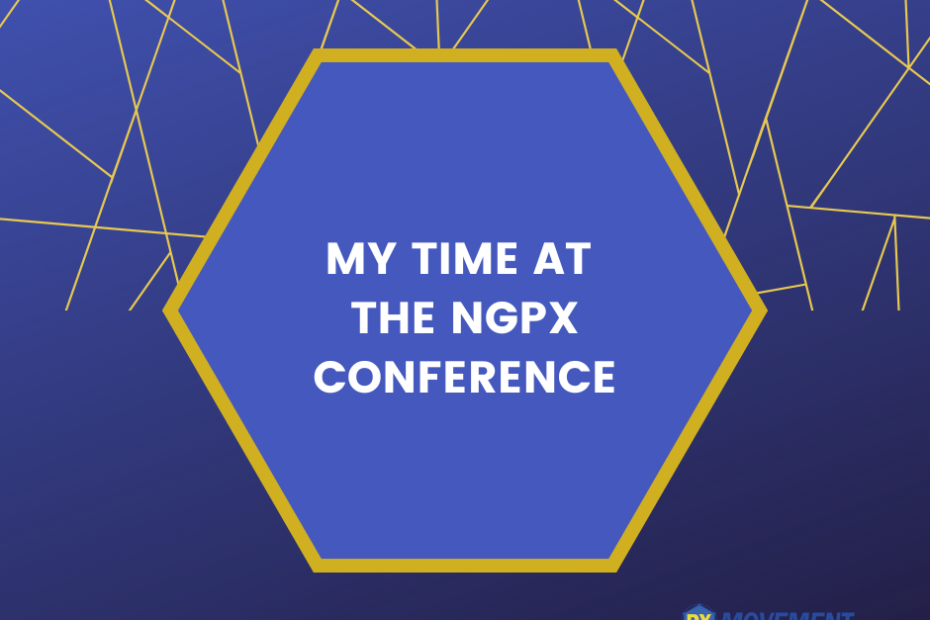Earlier this month I achieved a new “first” and spoke at a conference dedicated to patient experience. Called NGPX (Next Generation), the 300 attendees represented leaders from many of our country’s largest hospitals and health systems. This is “big water” in size and scope compared to medical practices and regional groups that I’ve worked with over the years.
The challenges faced by large organizations to improve PX are immense. Knowing how difficult it is to instill change at the practice level, I admit I was a bit skeptical about large-scale efforts. But I was impressed by the talent, expertise, and intense desire to make the process of healthcare better for patients, doctors, and all involved in patient experience in a hospital setting.
Here are a few highlights that have applicability to what many of you do in a medical practice setting:
It All Starts at the Top
The CEO of Sharp Healthcare (San Diego County) shared their history of patient experience innovation, which began in 2000 when they realized that most patient feedback could be summarized as “the care is okay.” They set annual goals that cascade to every facility and every front-line worker in order to hardwire the “Sharp Experience” throughout the organization. They just held their 68th quarterly leadership session to drive accountability among managers. I admire Sharp and have referenced their PX protocol to have team members send handwritten notes to patients they interacted with during hospital stays. That’s an incredible personal touch. If they can do it, so can your medical practice.
Better Questions in Surveys
Patient surveys are standard for hospitals and even required by Medicare (eg, HCAHPS). Hospitals have plenty of data; one of the big challenges is making the data actionable at all levels, from the executive suite to the front line. They have help from consulting firms including NRC Health, whose work has determined that two factors above all define the patient experience: WARMTH and COMPETENCE. Building on work in other industries relating to customer experience, NRC has shown that human beings are hardwired to make instant judgments based on patterns of perceptions. One of the most powerful tips was instead of asking “how did we do?”, you glean much better information by asking a patient “how are you doing?” That becomes an invitation for the patient to share their story (positive or negative) and an opportunity for your practice to act upon what you learn.
PX Impacts Outcomes
While there are numerous published papers supporting this hypothesis, Missouri Health System has taken the connection between patient experience and outcomes to another level. They have been able to connect patient survey data with their EMR and financial systems. Loyal patients (ie, higher PX scores) are far more compliant, significantly less likely to be readmitted and generate more revenue.
Average Experiences Don’t Cut It
As consumers, we share great and awful experiences and don’t tend to comment on average ones. Experience Maker Dan Gingess shared this startling data point: 66% of people can’t recall a brand that exceeded expectations. He wasn’t talking specifically about patients and medical encounters. But that one number alone illustrates that consumers want more; medical practices have a golden opportunity to give it to them in terms of designing a unique and memorable experience during their visit. A typical hospital stay involves interacting with 72 different individuals. A typical medical visit involves fewer than 10. We can and should do better to meet this challenge.
I will conclude with one of my favorite talks from the Director of Patient Experience at MD Anderson in Houston. Their goal is to be #1 in caring to match their top ranking as a cancer center. To achieve this, all involved need to feel cared for: patient, MD specialist, caregivers…even the front desk team. They understand that 65% of satisfaction is based on feelings and 35% is based on the process. She described the Platinum Rule (one of the insights in Beyond Bedside Manner): Treat people the way they wish to be treated. And she closed with what she wants for people throughout the organization: “You want to feel hugged.” I can’t argue with that!

